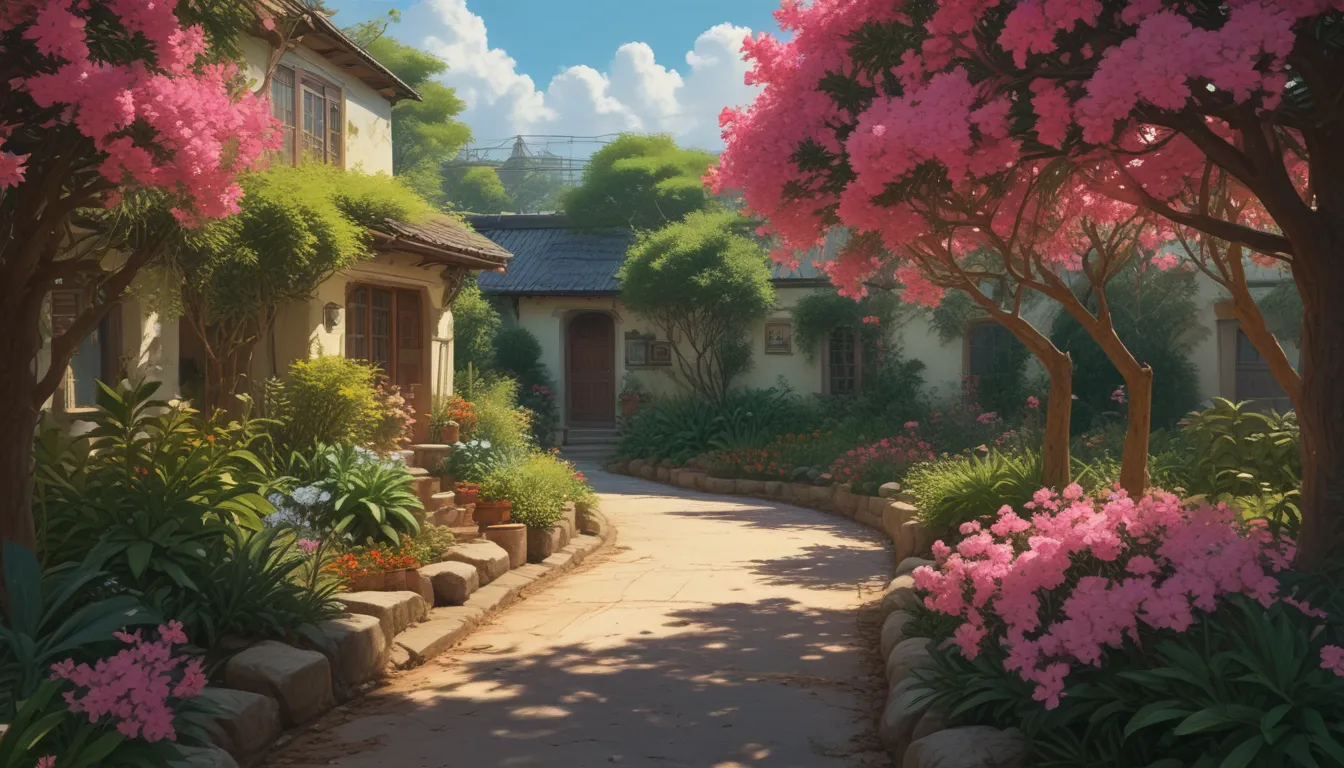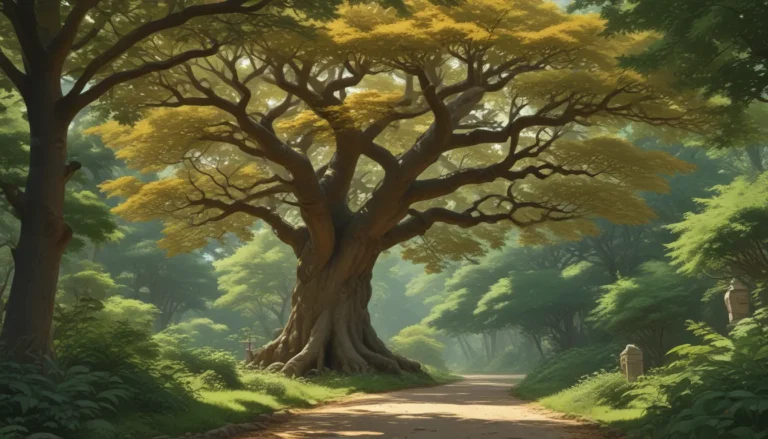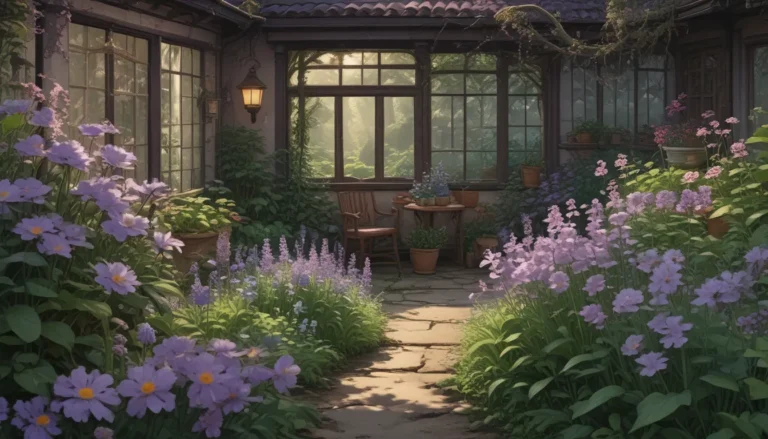Protect Your Garden and Loved Ones: The Dangers of Oleander Poisoning

When it comes to transforming your garden into a lush and inviting space, oleanders are a popular choice due to their vibrant blooms and ability to thrive in challenging conditions. However, these beautiful shrubs come with a hidden danger – they are highly toxic if ingested.
In this comprehensive guide, we will explore the risks associated with oleander poisoning and provide valuable information on how to protect yourself, your family, and your pets. Whether you are a seasoned gardener or a novice plant enthusiast, it’s essential to be aware of the potential dangers posed by this seemingly harmless plant.
Understanding Oleander Poisoning
Oleander, scientifically known as Nerium oleander, belongs to the Apocynaceae family and contains cardiac glycosides in all parts of the plant – including the roots, blooms, leaves, and stems. These compounds are toxic to both humans and animals and can cause a range of serious, and in some cases, fatal reactions if ingested.
It’s crucial to note that even dried leaves or dormant shrubs retain their toxicity, making oleander a potential threat year-round. In addition to the risks of ingestion, burning oleander plant material can release toxic smoke that can irritate the airways and cause systemic toxicity if inhaled.
Recognizing Poisoning Symptoms
In humans, oleander poisoning can manifest as gastrointestinal distress, including nausea, vomiting, and an elevated heart rate. The cardiac glycosides present in oleander can lead to a range of effects, including arrhythmias, slowed heart rate, and potential coma or death if left untreated.
Furthermore, neurological symptoms such as sleepiness, tremors, disorientation, and seizures may also occur in severe cases of poisoning. Skin contact with oleander can cause skin irritation and eye inflammation due to the presence of saponins in the plant.
In pets and livestock, oleander poisoning can result in symptoms such as vomiting, diarrhea, high blood pressure, seizures, abnormal heart rate, dehydration, and shock. Immediate veterinary intervention is essential to ensure a favorable outcome for affected animals.
Protective Measures for Gardeners
Given the potential risks associated with oleander poisoning, gardeners must take proactive steps to safeguard themselves, their families, and their pets. Here are some practical precautions to consider:
- Planting Location: Choose planting locations that are inaccessible to young children, neighbors, and pets to minimize the risk of accidental ingestion.
- Monitoring Pets: Keep a close eye on pets that may be drawn to oleander plants, especially during outdoor activities or walks.
- Avoiding Containers: Refrain from growing oleander in containers that can be easily accessed by pets or brought indoors, where they may pose a threat to curious animals.
- Vegetable Patch Safety: Keep edible plants away from oleander shrubs to prevent accidental contamination of produce with toxic foliage or plant parts.
By following these preventive measures and staying vigilant in your gardening practices, you can enjoy the beauty of oleander plants without exposing yourself or your loved ones to unnecessary risks.
Remember, the safety of your garden and the well-being of your family and pets should always be a top priority. With proper knowledge and precautions, you can create a beautiful outdoor space that is both inviting and safe for everyone to enjoy.
If you have any experiences or insights to share about growing oleander plants safely, feel free to leave a comment below. Your contributions could help fellow gardeners navigate the potential dangers associated with this toxic plant.
For more information on caring for oleander shrubs and selecting the best varieties for your garden, check out these informative guides:
- How to Grow and Care for Oleander Shrubs
- 9 of the Best Oleander Varieties to Grow in Your Garden
Let’s create a safer and more enjoyable gardening experience for everyone – one plant at a time!
Disclaimer: The information provided in this article is for educational purposes only and should not be construed as medical advice. Always consult with a healthcare professional or veterinarian if you have concerns about poisoning or toxicity related to plants in your garden. Safety should always be the top priority when it comes to gardening and plant care.





